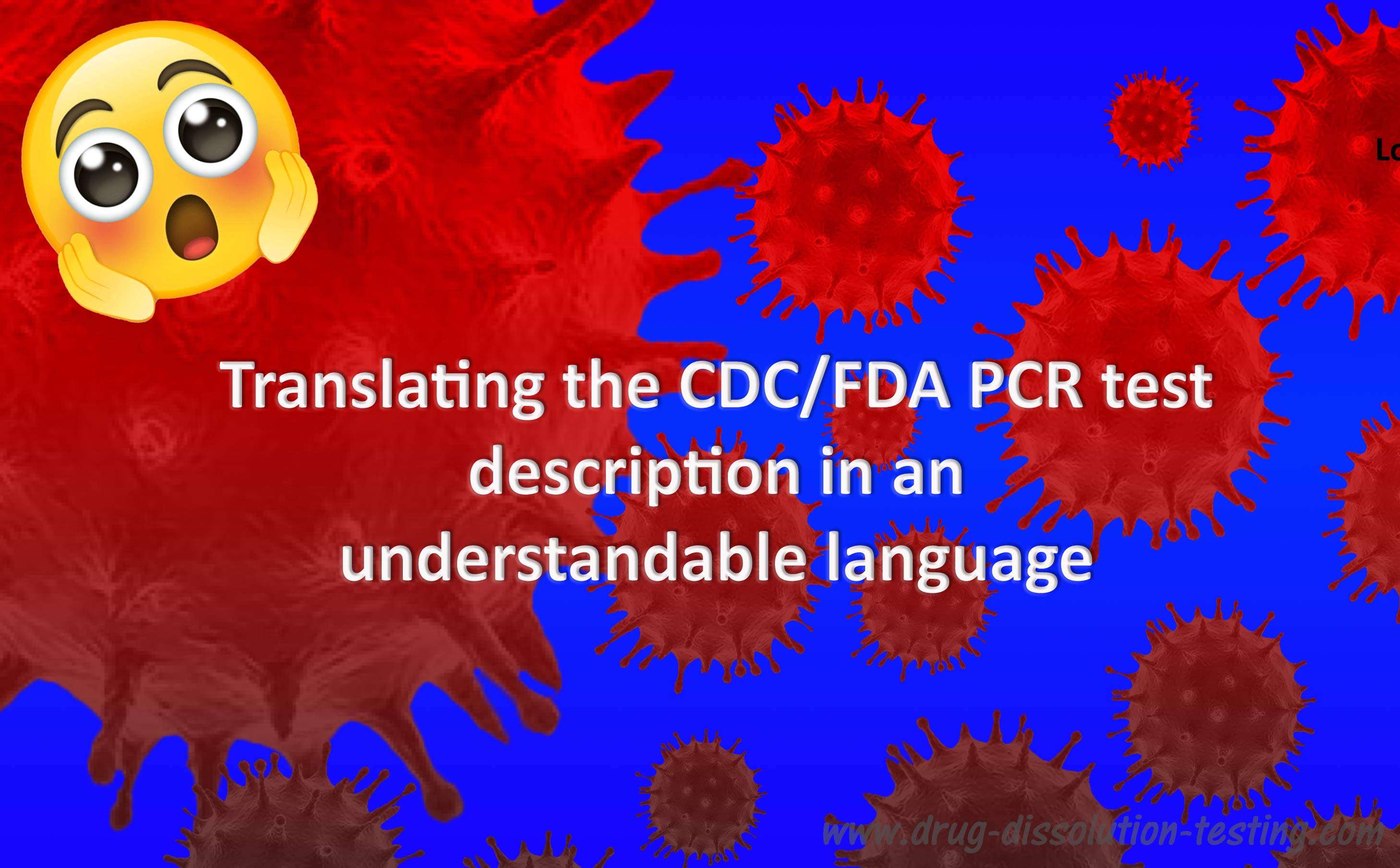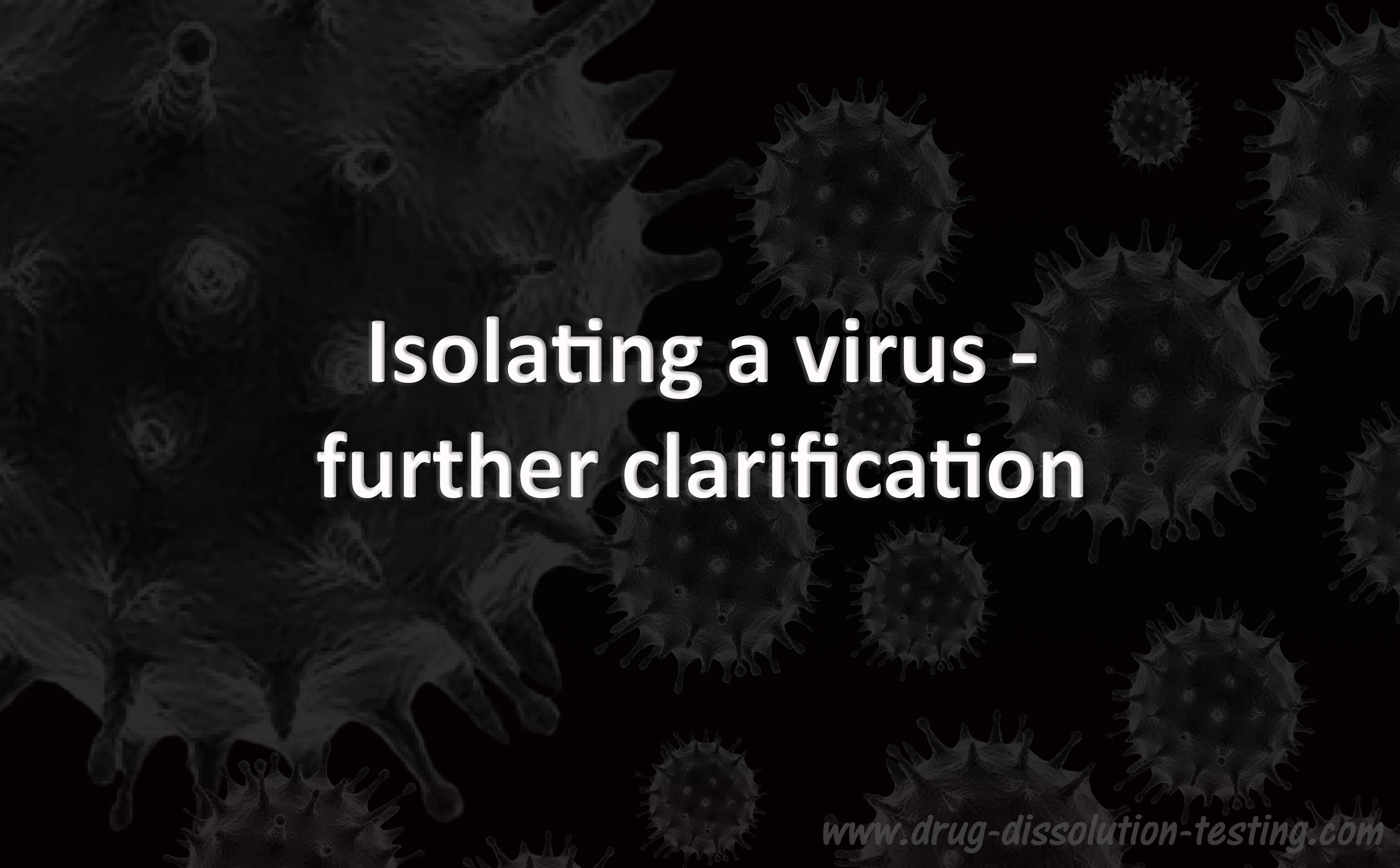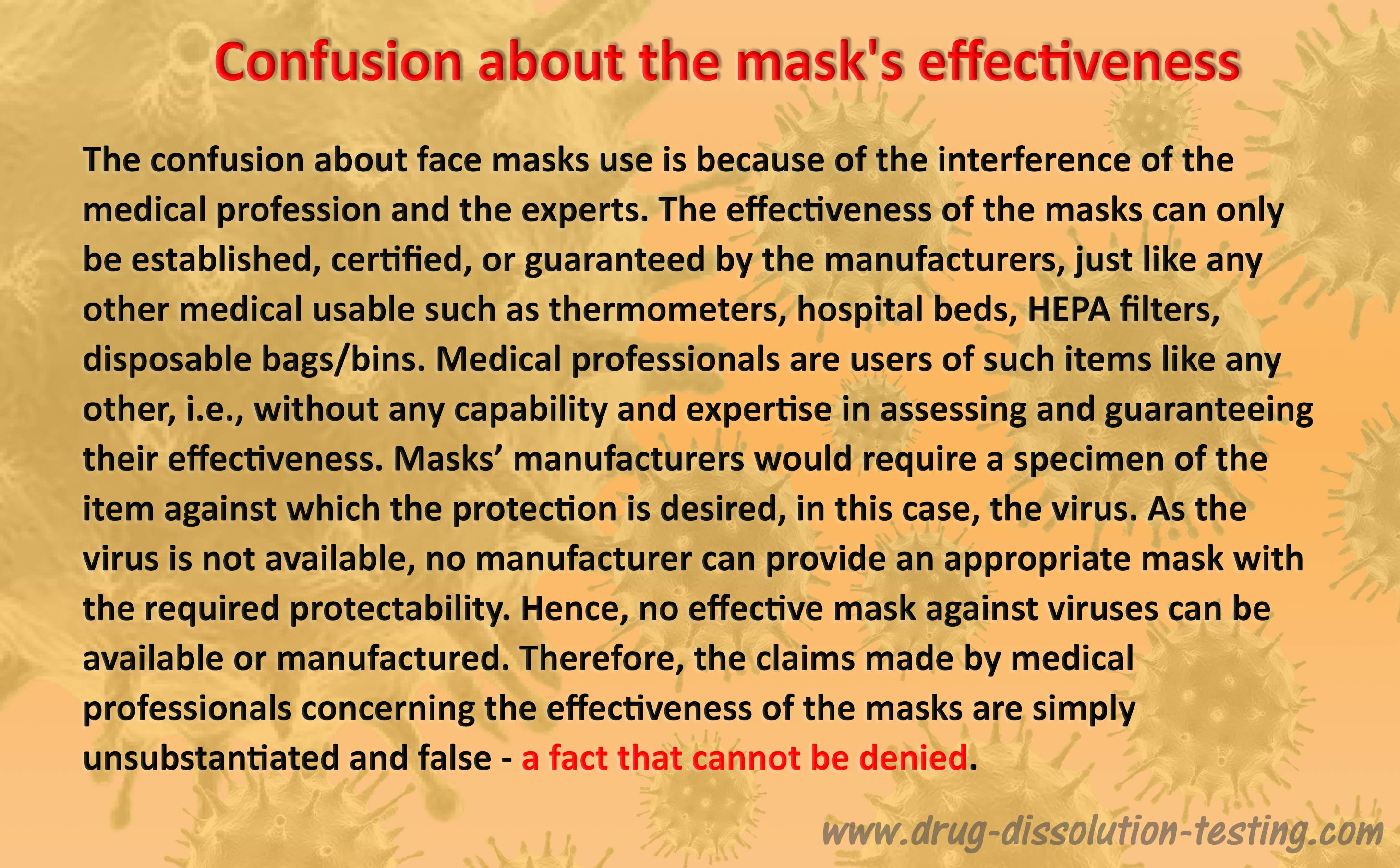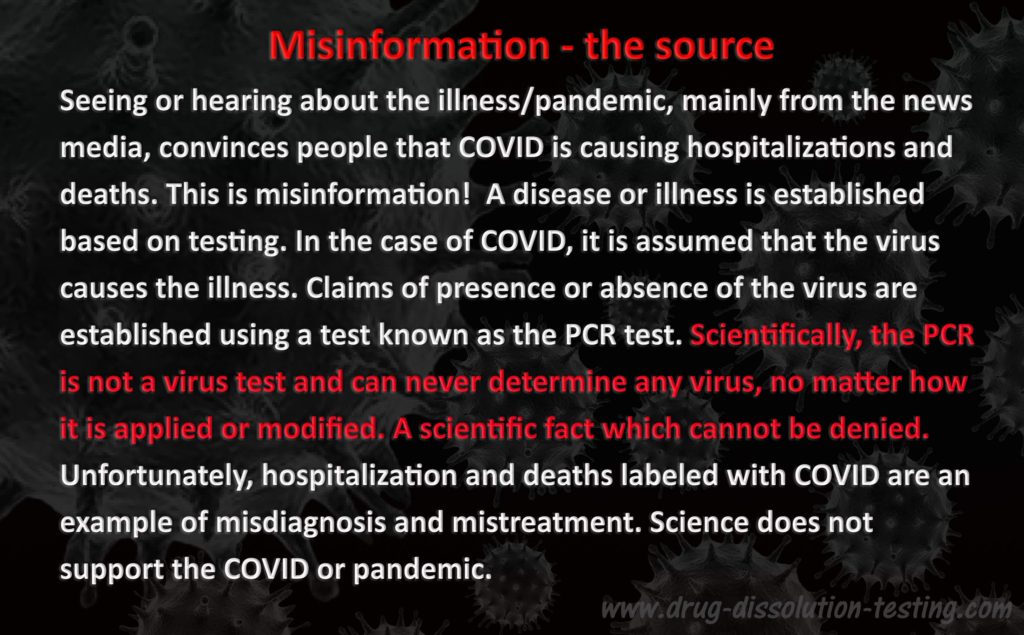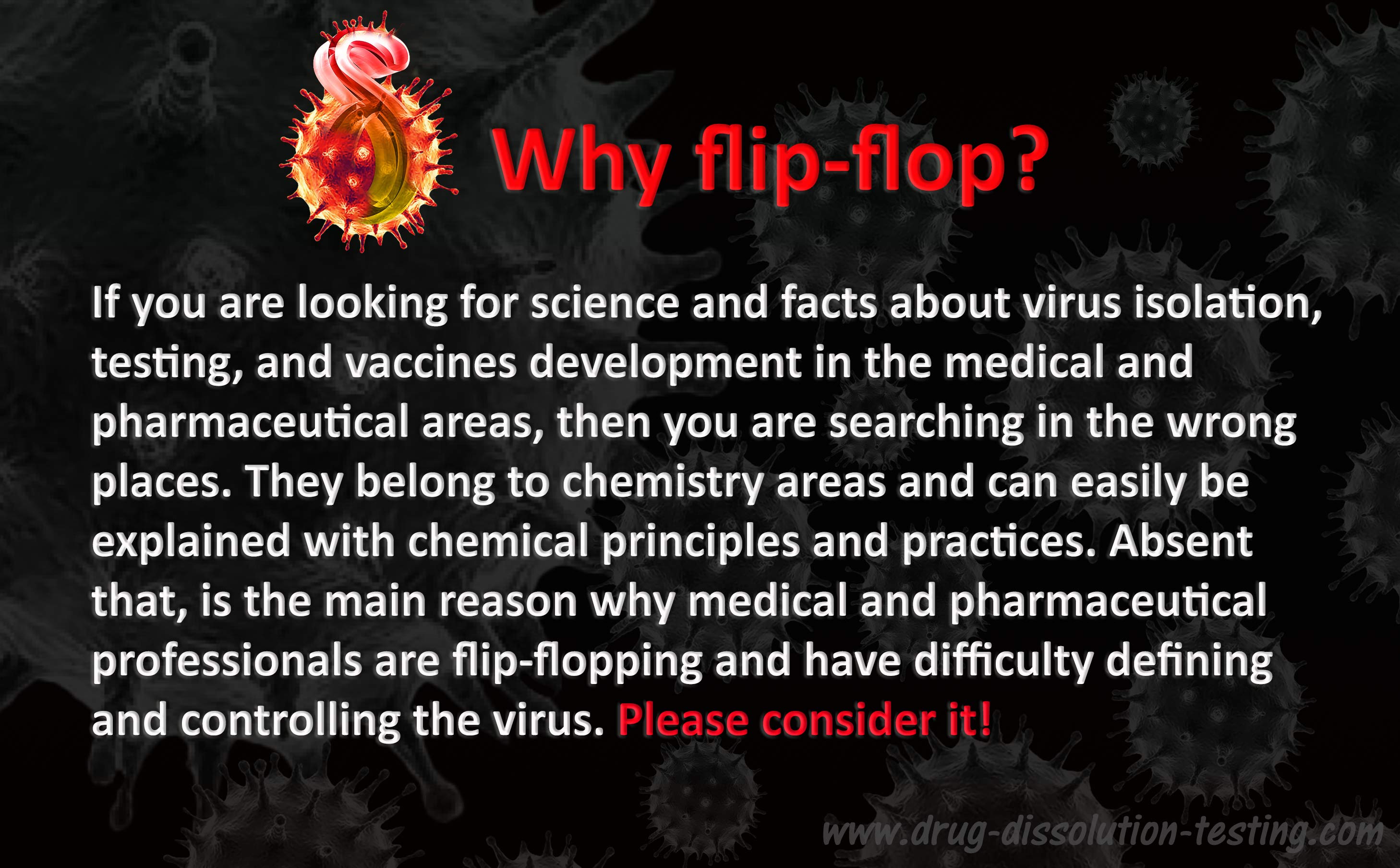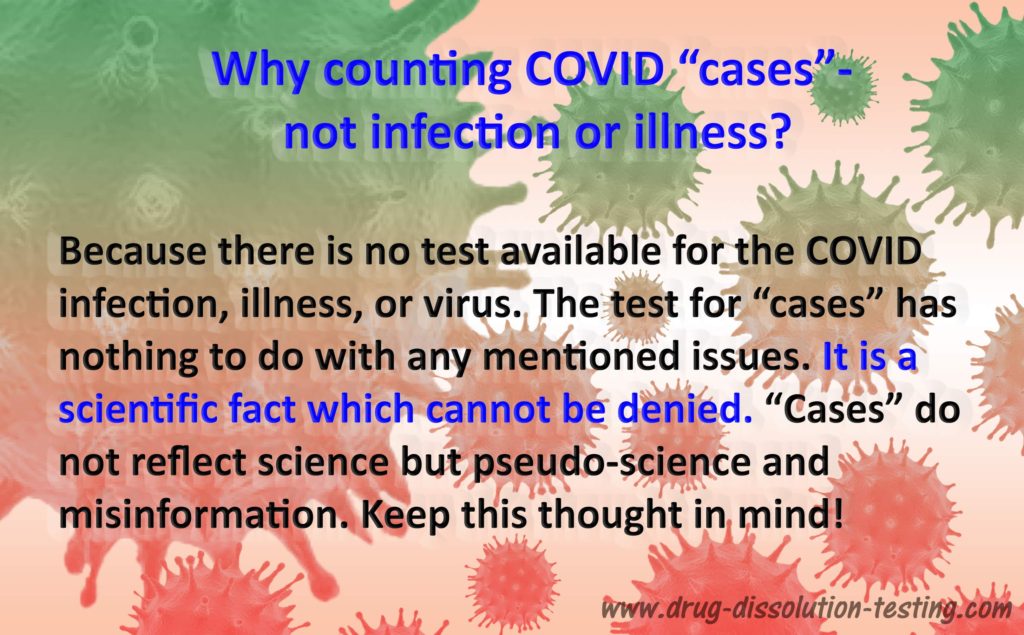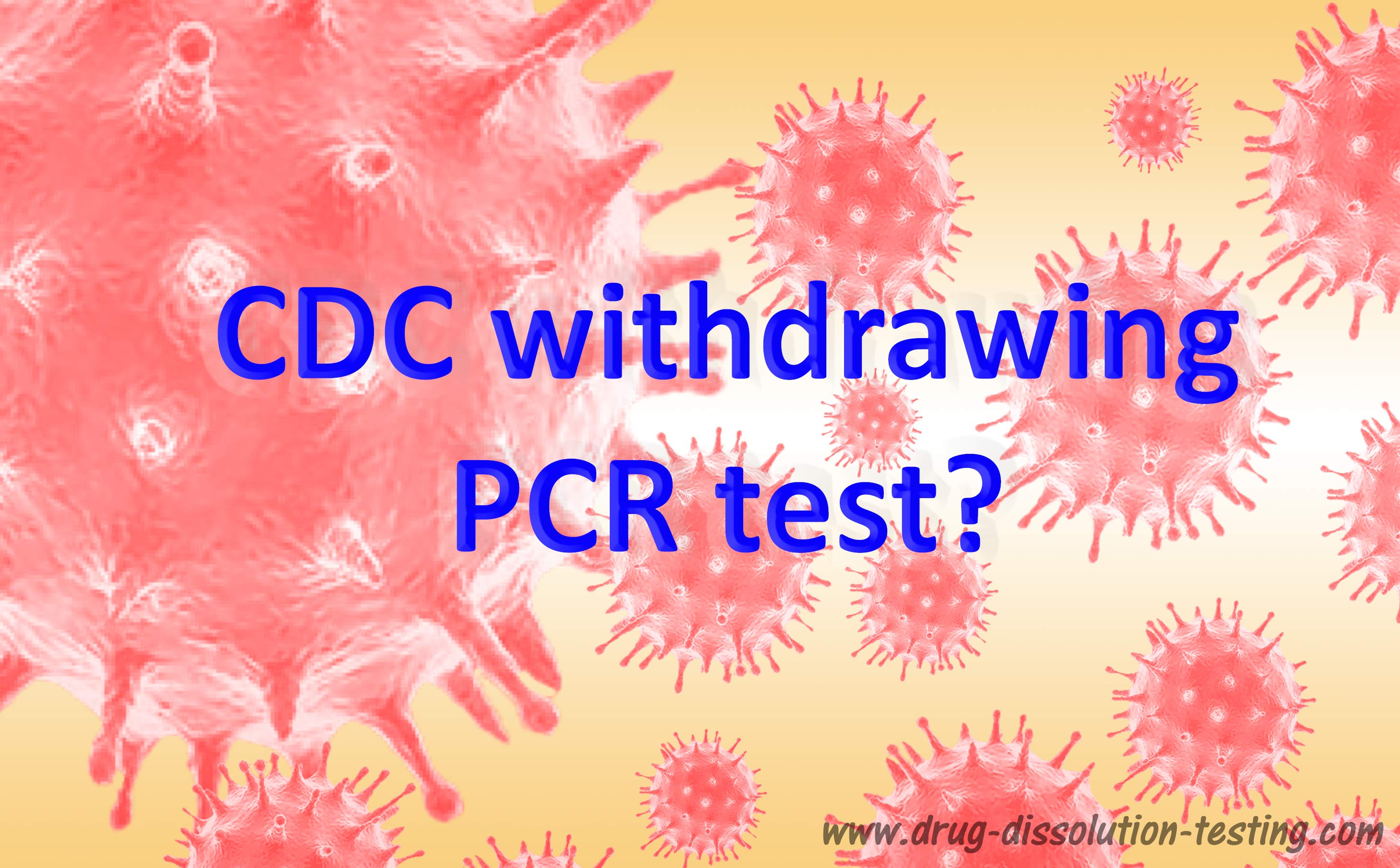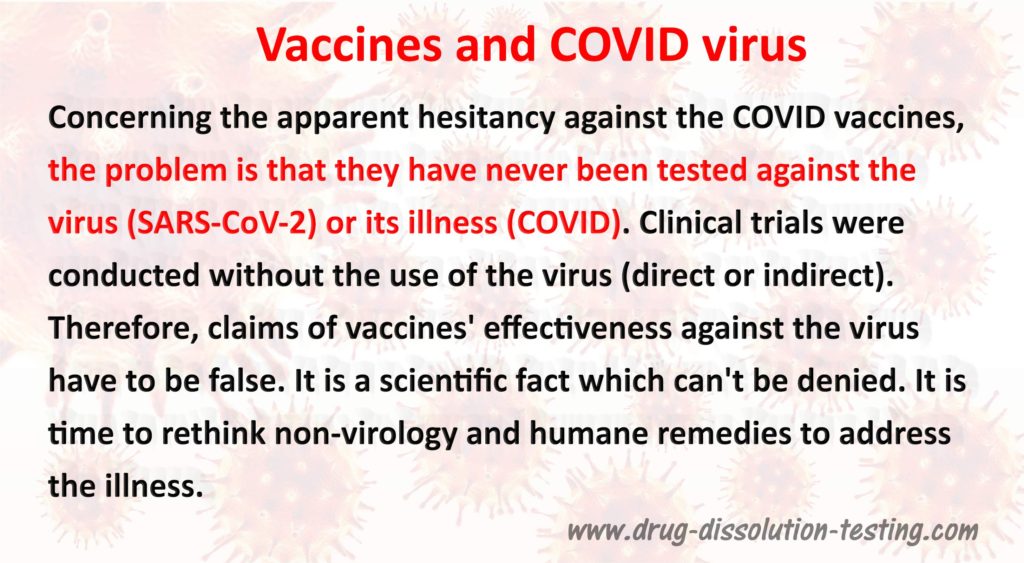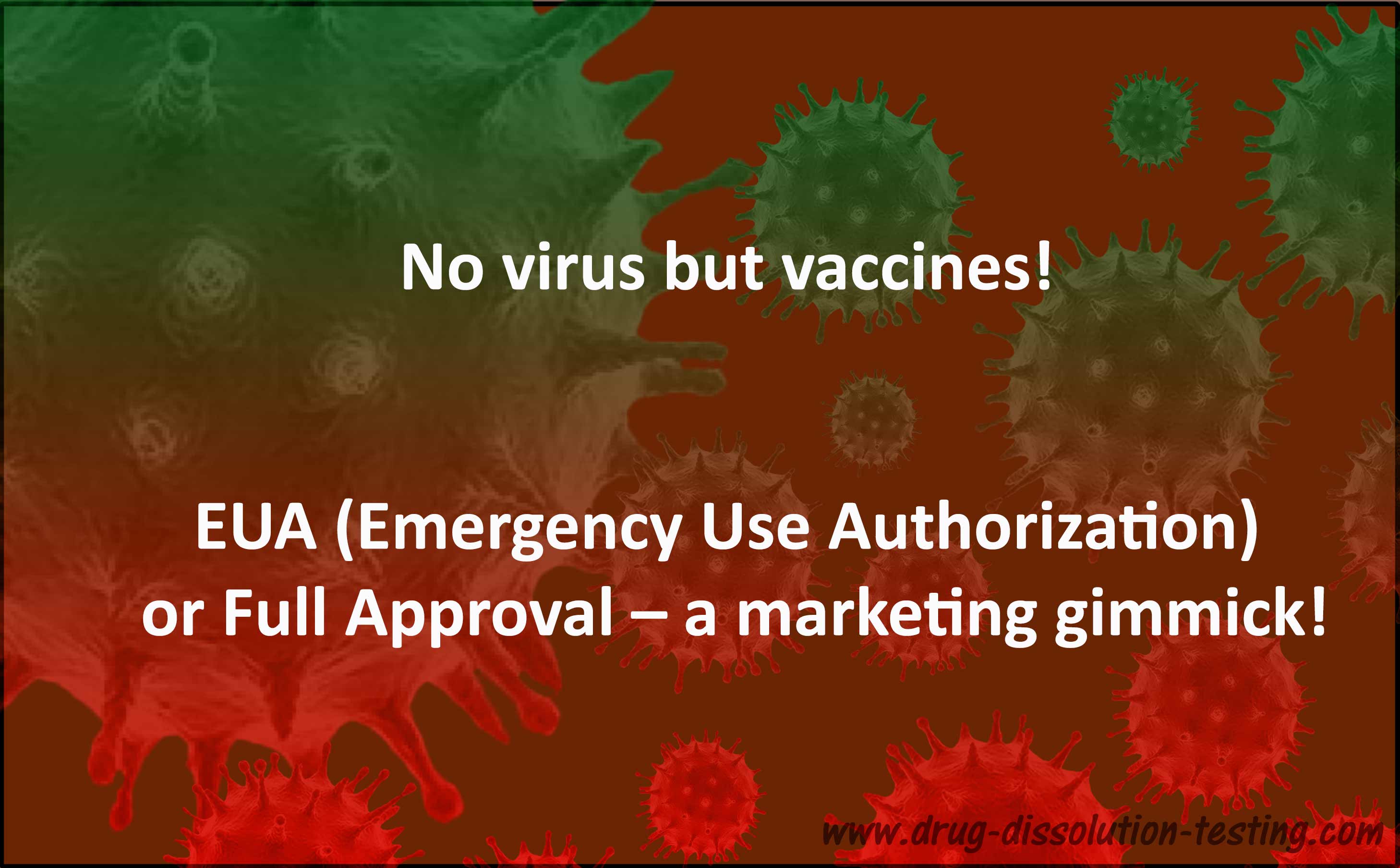
If FDA approves or disapproves something, it is assumed that it has to be good or bad, respectively, based on its scientific merit. However, unfortunately, FDA assessments, in general, are not based on science at all. It would be hard to believe, but it is a fact that cannot be denied.
For example, it is generally believed that the FDA establishes the quality of the pharmaceutical products and their safety and efficacy by extension. It is a false claim or belief. FDA never defines the quality of a, or any, product. Obviously, if a parameter is not defined, it cannot be measured or established. (link)
The current situation of approving vaccines (full or otherwise) follows the same criteria. The claims have been made that vaccines are effective against the virus or COVID. However, vaccines have never been tested against the virus or COVID. No one has isolated or seen the virus, so how could something be tested against it – it can’t be. A marketing tactic to promote untested products. (link).

